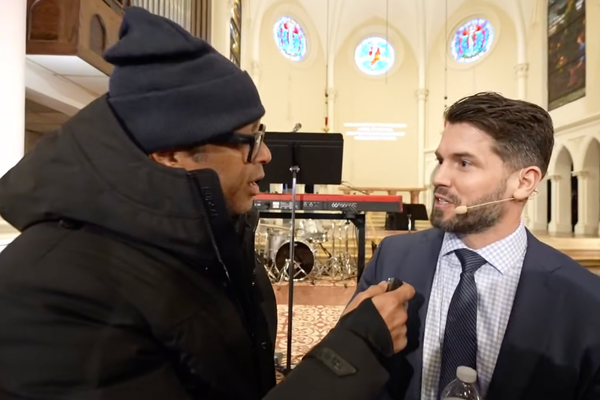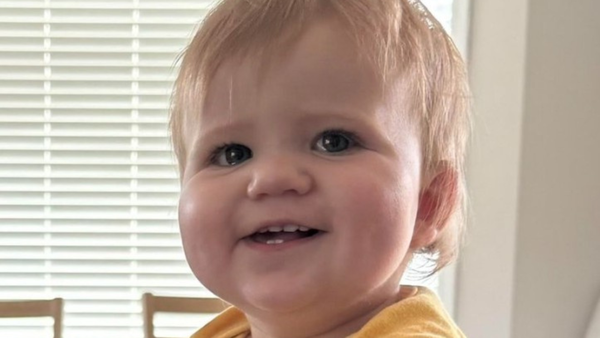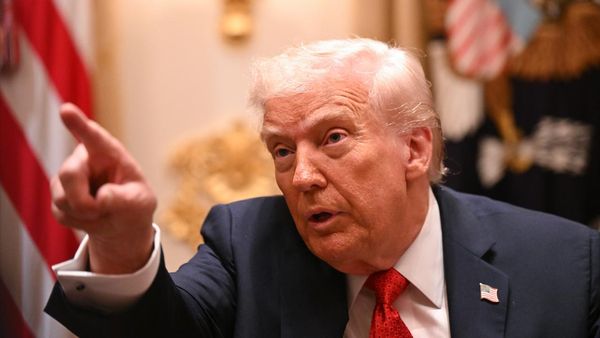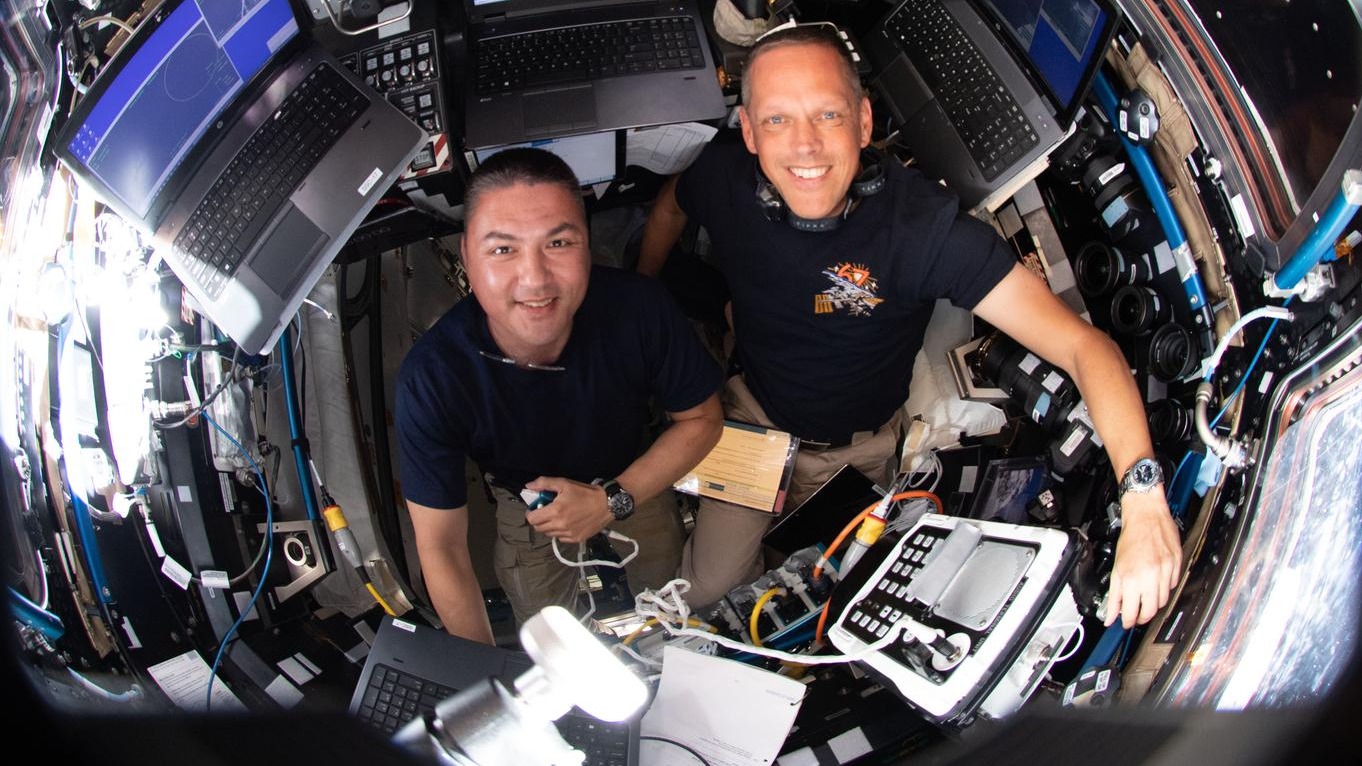
Shortly after shepherding the first Boeing Starliner to a space port, NASA astronaut Bob Hines got a special assignment.
Hines was one of the astronauts working in the International Space Station for the historic first berthing of an uncrewed Boeing Starliner spacecraft on May 22, 2022. Hines, who flew on SpaceX Crew-4, returned to Earth from half a year in space that October, to learn that NASA wanted him to help see Starliner through its first crewed mission.
It took extra time after new technical issues arose, but Starliner at last lifted off yesterday (May 21) aboard a United Launch Alliance Atlas V rocket from Cape Canaveral Space Force Station on its debut astronaut mission. Hines, a former U.S. Navy test pilot, shares that military heritage with the two members of Starliner's Crew Flight Test (CFT): NASA astronauts Butch Wilmore and Suni Williams.
A big advantage of that military background, he told Space.com at NASA's Kennedy Space Center in early May, is everyone has a handle on "test fundamentals" they learned in the prestigious Naval Test Pilot School. "It's about teamwork, and building and leading teams to go do hard things," Hines said of the experience. "That's fundamental to it."

Hines is a member of the joint test team, a team within the commercial crew program that manages the test and verification of commercial crew vehicles. Additionally, he is assistant to NASA's chief astronaut on the commercial crew side — that's a sort of technical advisory role to advise the chief on progress, he explained.
Starliner, one of NASA's two commercial crew vehicles, flew its first crewed mission four years after SpaceX's Crew Dragon in 2020. SpaceX had the advantage of borrowing design and experience from eight years of cargo Dragon missions, while Starliner was a new spacecraft.
As such, Starliner met snags: its first uncrewed mission in 2019 failed to reach the ISS as planned after software glitches stranded the spacecraft in the wrong orbit. While Hines safely saw a second Starliner berth flawlessly in 2022, crewed missions were again delayed last year by issues with the parachutes and with wiring. (All issues were addressed to NASA's and Boeing's satisfaction well ahead of CFT, officials have repeatedly emphasized in recent months.)
Read more: After an 'emotional rollercoaster,' NASA astronauts are ready to fly on Boeing Starliner

Design decisions, Hines explained, are always difficult as aerospace technicians need to consider "trades": emphasizing one aspect of a spacecraft (such as more mass) means that something has to give somewhere else (available rocket fuel to carry other things, for example). Hines was part of the team working to make smart trades as Starliner met its final design challenges.
"Sometimes maybe it's not about solving it technically, but procedurally, and getting the teams together and building that kind of cohesion so that we can have those conversations and make those trades," he explained. "Everything's a compromise. So it really is all about getting those different points of view together, getting them all laid out on the table, and then figuring out what the best path forward is."
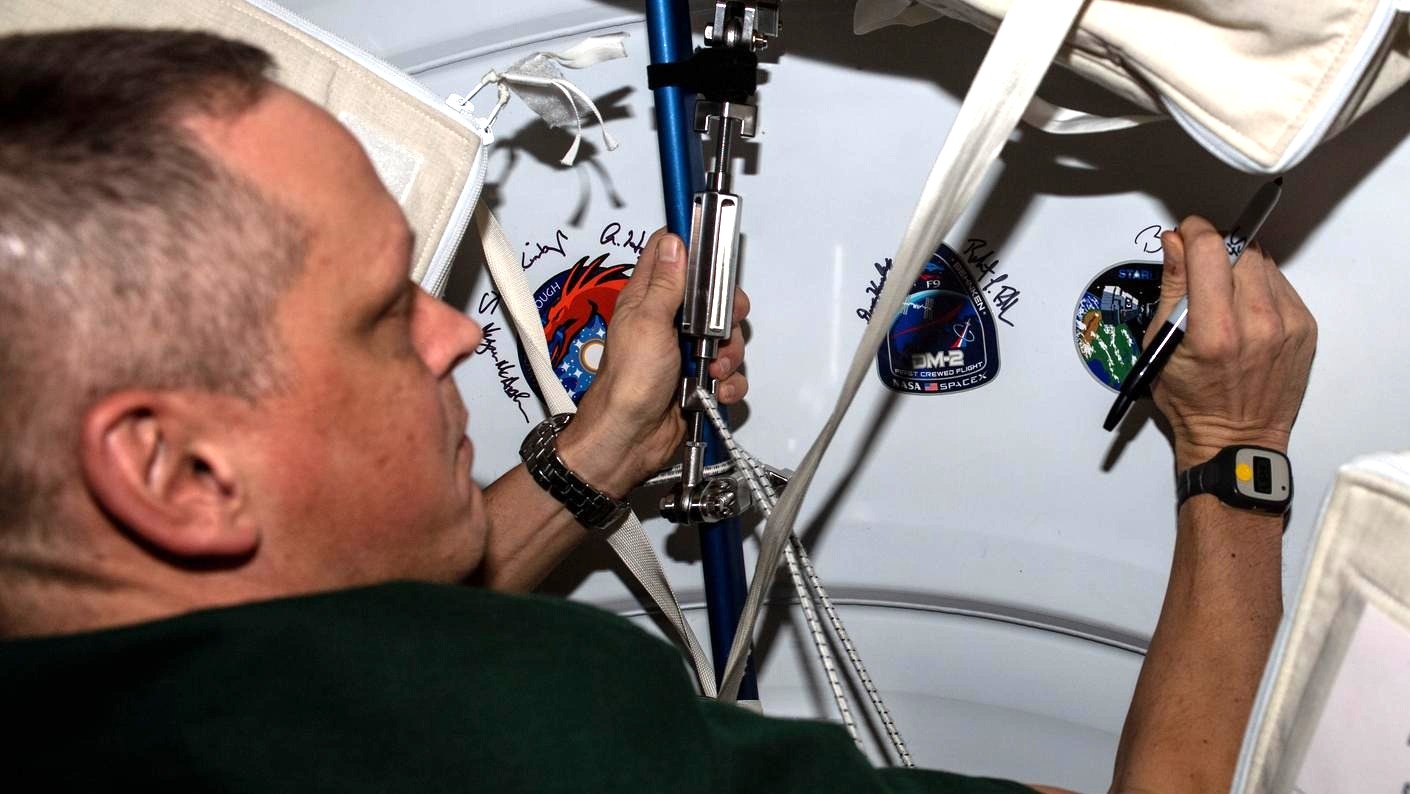
That design process continues even after Starliner returns, as future missions are put in process. Starliner-1, the first operational crewed mission with astronauts, has most of its hardware ready to go for a launch no earlier than early 2025. Assuming all goes to plan on CFT, that spacecraft will fly mostly as-is, with future missions gaining deeper design "lessons learned" from the pioneering astronaut mission.
"We're going be looking at looking at this data [from CFT] and seeing is it what we expect? If it's not, why? Trying to figure those kinds of things out," Hines explained. "It is a test flight. So we fully expect to have some unexpected things arise during this test flight. And so that's kind of where I'm coming in along with the other team — members of the Joint test team — to analyze that data and really look at it."
Hines plans to capture the crew's experience even during the flight, which will include space-to-ground interviews in which he talks to Wilmore and Williams while matters are fresh on their mind. "We'll have a series of questions. We'll take their comments down. And then we'll pair all that up with the data that we saw."
"It's really important," he added of the process. "Those of us that grow up in flight tests, we get in the habit of talking into the tapes, we say it. We are making comments real-time, and they might be short and abbreviated, but [it is a] memory jogger so that when we come back, we can recall what that detail was."

